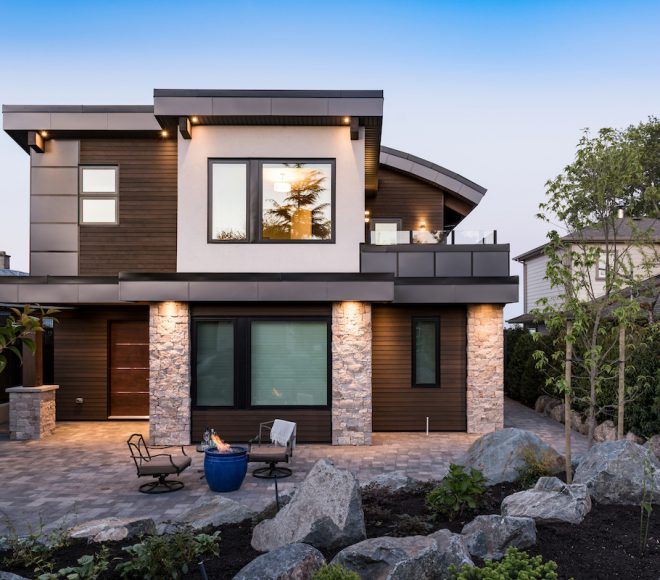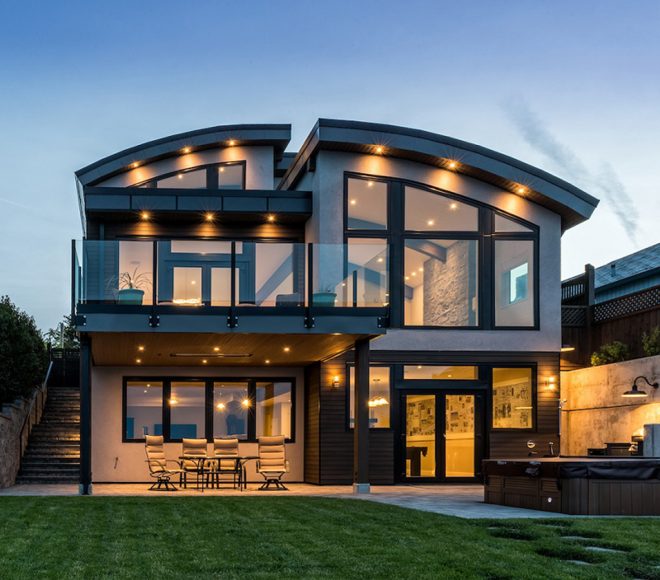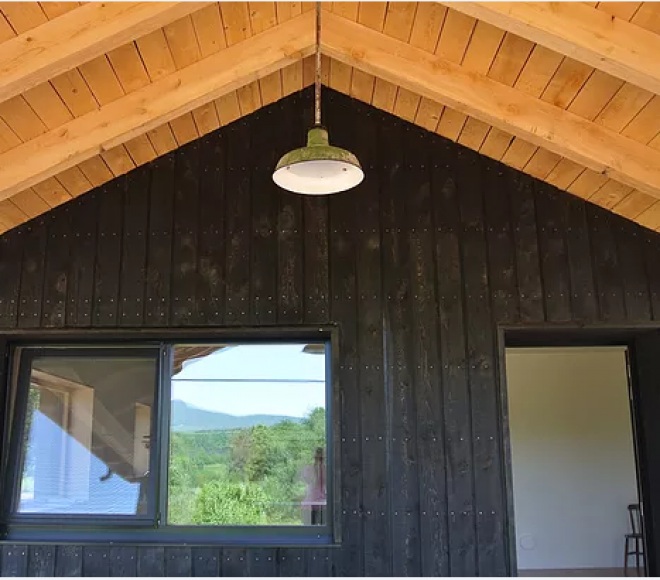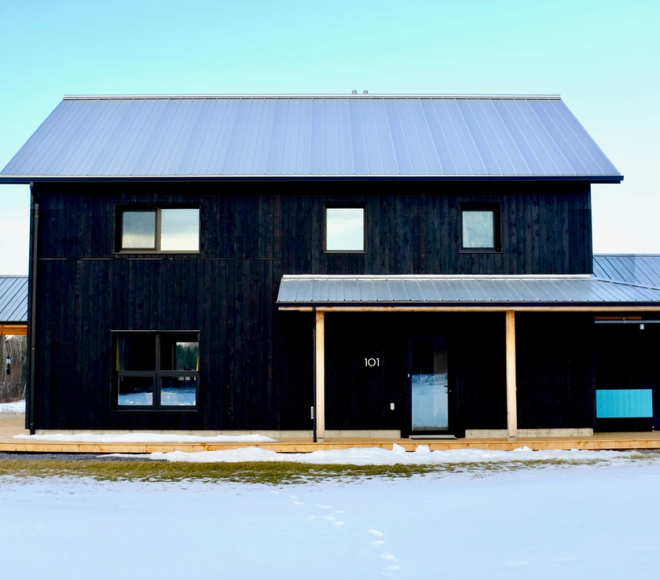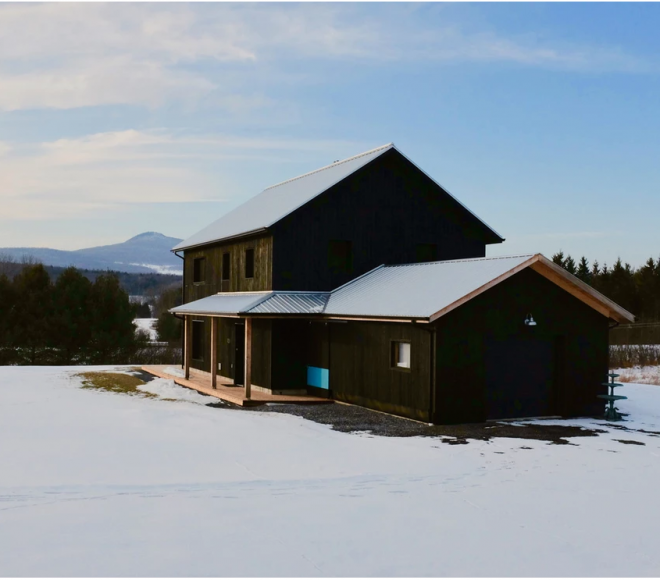 Feb
07
Feb
07
Reducing your ecological footprint thanks to your house
- February 7, 2020
- 0 Comment(s)
These days, the environment is a major concern in the general public’s daily lives. The same messages about climate change and the conservation of the environment and the earth’s natural resources are hammered into our heads everywhere we go. We have begun to prioritize reducing energy consumption, zero-waste living, recycling reducing greenhouse gas emissions and so on. This preoccupation with the environment has pushed companies and governments to develop certifications to help reduce the negative impact on our planet. As a result of this work, environmental certifications are becoming more and more present across all business sectors. Because buildings are responsible for up to 40% of energy consumption, it was clear that solutions needed to be found in order reduce their ecological footprint. It is now possible to have a certified eco-friendly house. There are three main environmental certifications for homes; the passive house certification, the net zero home certification and the LEED certification.
Passive house certification
The passive certification is focused on the energy consumption of houses. The passive certified house is therefore a house built to collect and maximize the benefits of solar energy. It can consume up to 90% less energy than traditional houses. It is often facing towards the south and has large windows that allow for as much natural light as possible. For a house to be qualified as passive, it must not exceed an energy consumption of 120 kWh / m2.
Net zero home certification
A net zero certified home is a house whose electricity and heating production is equal to its consumption. The more energy the house consumes, the more is must be able to produce. Its energy production can come from three different sources: solar, geothermal or wind. It is important that all appliances and accessories have a low energy consumption. In addition, it is essential that the house has a very high level of insulation to maximize its energy efficiency.
LEED Certification
The LEED certification certifies that a home was designed to have a better air quality and to generate geothermal and energy savings in order to build sustainable, eco-friendly homes. The term LEED is indicative of an eco-friendly practice and technique that goes above and beyond standard practices.
Environmentally-friendly doesn’t mean recyclable
There is an important nuance to be aware of when it comes to eco-friendly houses. Just because a house is certified eco-friendly doesn’t mean it was built using eco-friendly materials. The certifications do not cover materials because they are mainly focused on the energy efficiency of houses. You must therefore not assume that an eco-friendly house was made with recycled or eco-friendly materials.
It should be noted that a net zero, passive or LEED certified home must respect many precise and rigorous technical requirements. The certification process shouldn’t be taken lightly and must be thoroughly planned out. Building an eco-friendly home might seem like a daunting, costly task at first but the long-term financial and environmental savings are worth it. Opting for an eco-friendly house will without a doubt help you reduce your ecological footprint.




